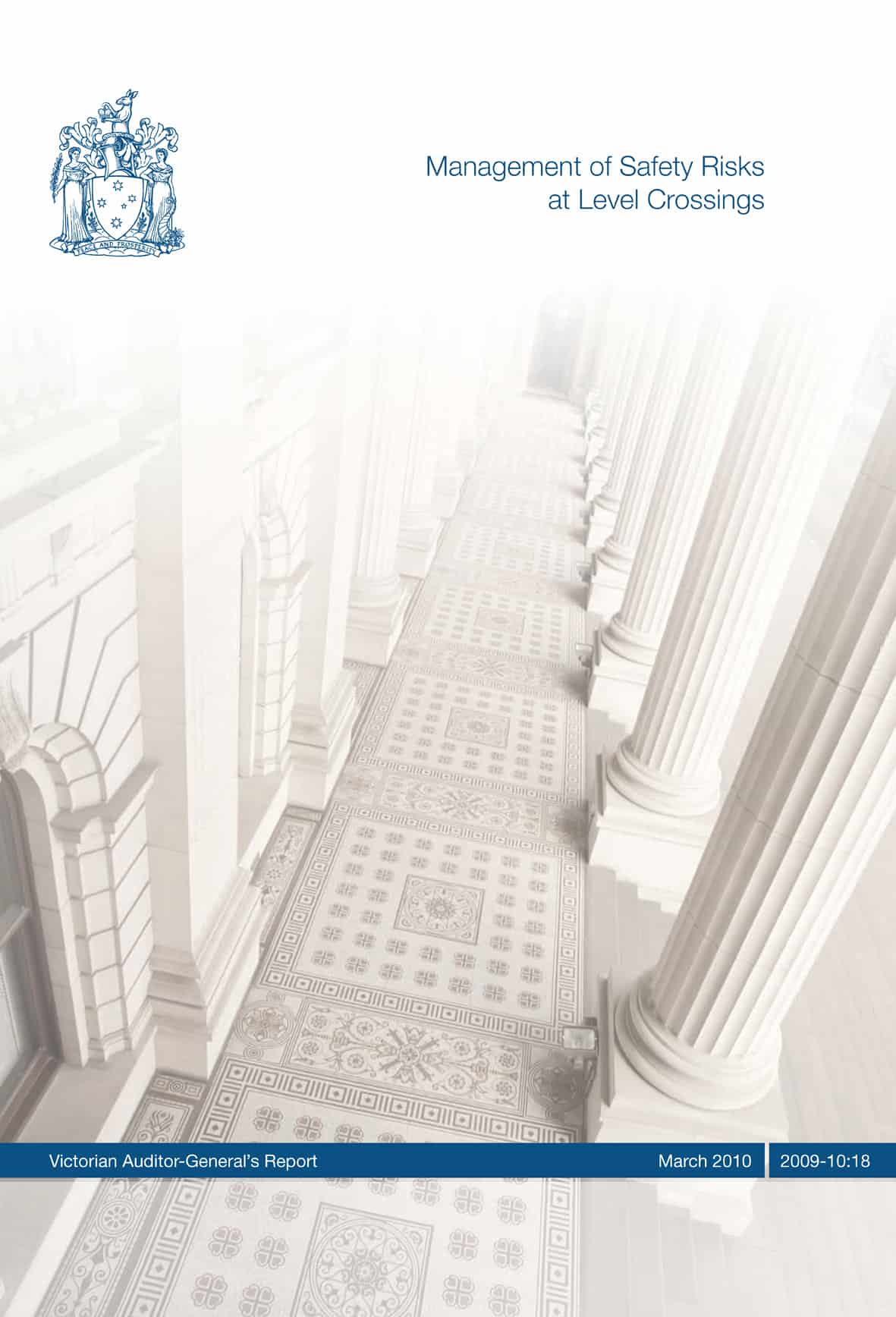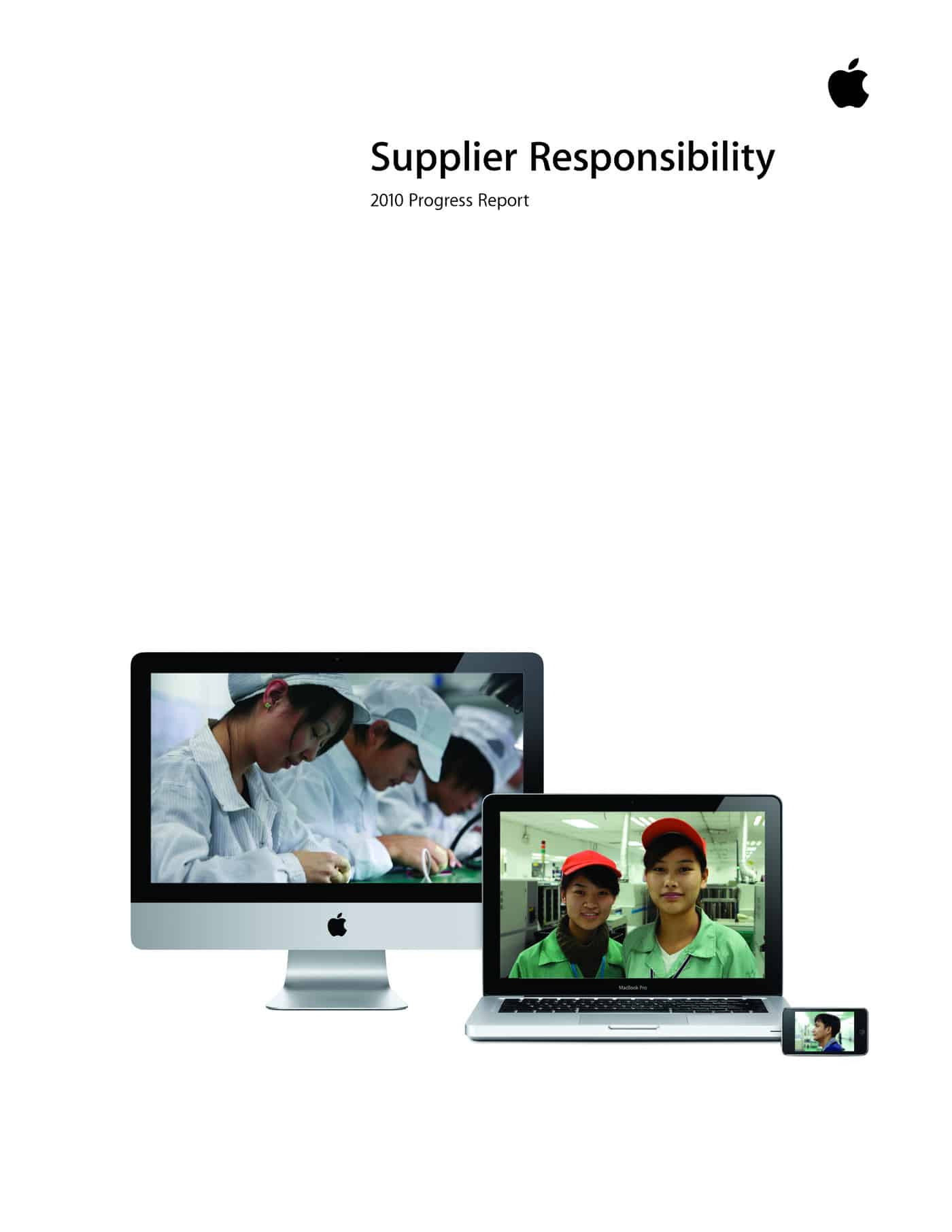In December 2011, SafetyAtWorkBlog reported on a serious misreading of workplace safety by the President of the Australian Hotels Association in South Australia (AHA/SA), Peter Hurley. The debate on new work health and safety laws in South Australia continues and on 7 September on radio station FIVEAA, according to an interview transcript (not available on-line), Peter Hurley continued to display his misunderstanding of OHS laws and principles even though SafeWorkSA responded at the time. The broader significance of his comments is that they could provide an example of the way that OHS myths are created through anecdote and misunderstanding.
Hurley reportedly said:
“..last year one of our hotels was subjected to some very aggressive inspectorate activity and among a myriad of other nit-picking things that we were instructed that we had to comply with was an instruction that we had to deck out our bottle shop staff in high vis apparel so if someone wandered in and wanted to have a discussion about the nuances of one vintage of Grange against another, they were going to have stand there and talk to a bloke who looked like he was working on a building site … Continue reading “Managing on luck is not managing safety”



 Apple has addressed some child labour concerns in several Chinese factories that manufacturer its products – the good news. The bad news is that children were allowed to work in these factories in the first place.
Apple has addressed some child labour concerns in several Chinese factories that manufacturer its products – the good news. The bad news is that children were allowed to work in these factories in the first place.